Key Takeways
The issue with the modern workplace isn’t the ideas or the plans — it’s moving a plan into action. Too often organizations create well-thought out plans, then lose momentum as they get to the delivery phase. Miscommunication, lack of unified tools, and vague roles slow progress and create frustration. As a result, business organizations are embracing project management tools that bring together planning, communications, and execution into a seamless, interconnected environment.
Moving work forward is more than just making a list of tasks and copying schedules. It’s a system in which conversations lead quickly to actions, documents contain a developing record, and responsibilities stay visible until complete. As the planning flow link every phase of the work cascaded into one flux, organizations can eliminate wasted effort and make planning yield real outcomes.
Lark Base: Organizing operations into connected flows
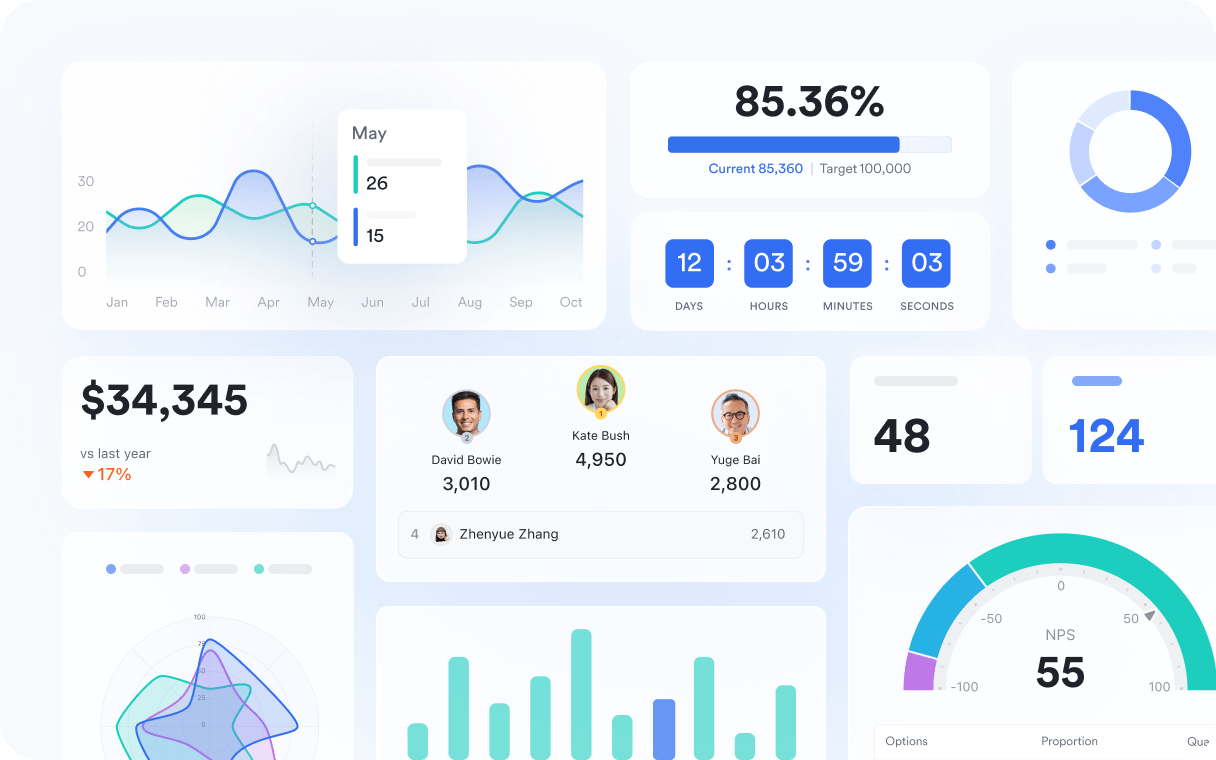
The path from strategy to results depends on transparency and alignment. Lark Base provides a flexible framework where requirements can be captured, projects structured, and records linked, ensuring that plans are easy to follow and act on. More than a database, Base adapts to multiple workflows—including the ability to connect customer insights with project execution, helping you build a CRM app every time you need.
Within Base, teams create records that map goals, dependencies, and resources, then tie them directly to approvals, customer data, or ongoing updates. Dashboards give leaders instant visibility into progress, while employees can filter and sort information to stay focused on priorities. By consolidating details that would otherwise be spread across spreadsheets and emails, Base turns planning into an active system of execution—keeping everyone aligned as work moves forward.
Lark Tasks: Moving plans forward with automated workflows
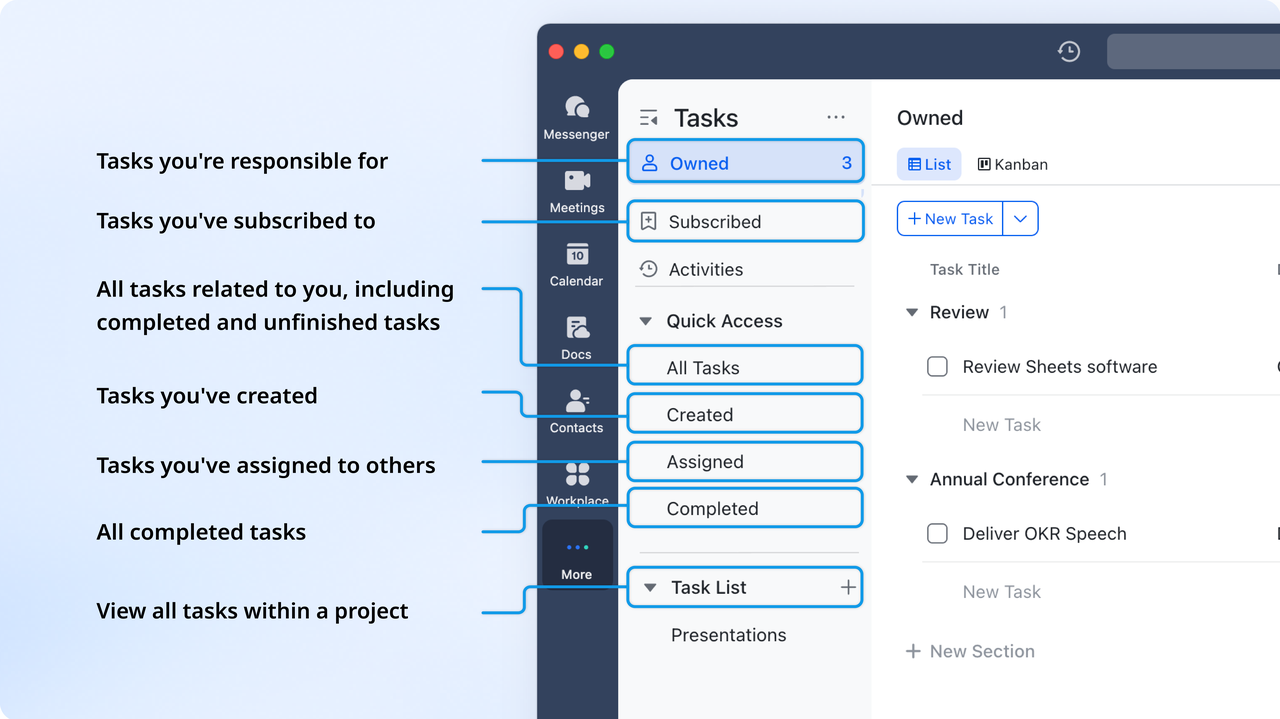
Planning alone does not guarantee progress; execution requires accountability. Lark Tasks bridges this gap by making responsibilities visible, deadlines clear, and progress easy to follow. Teams move forward confidently when ownership is transparent and reminders happen automatically.
Tasks also embed efficiency through an automated workflow that assigns responsibilities, updates statuses, and triggers reminders without manual intervention. Recurring processes such as weekly updates or quality checks can be standardized, ensuring consistency across projects. Dashboards highlight what is completed and what remains at risk, giving managers visibility without the need for constant follow-ups. By connecting accountability directly to plans, Tasks ensures execution never loses momentum.
Lark Messenger: Linking communication to progress
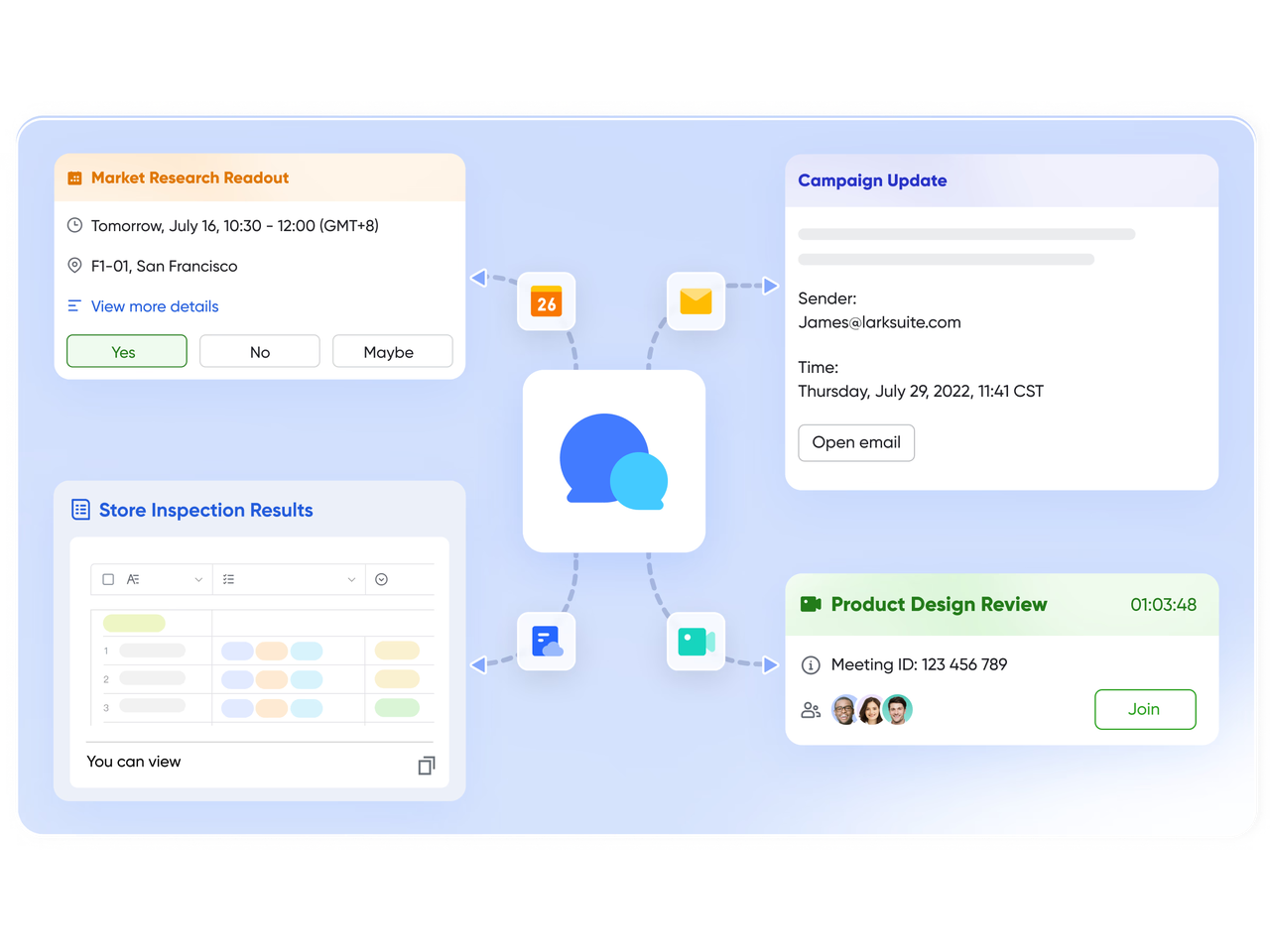
A typical barrier in execution is the performance gap between what was said and what is actually done. In response to that gap, Lark Messenger delivers real-time conversations within a project workflow, lessening the gap between what is talked about and what action gets taken. Conversations do not fade into chat threads or lost pages in a project. Messenger is the only app that flows conversations into tasks, followed by records, and decisions.
Messages in Messenger can also be used to quickly provide updates, tag additional users for immediate responses, or simply pin a message to highlight an important discussion. Files and project details can be shared in context, rather than going back and forth to look for attachments. Persistent chat histories keep track of decisions to maintain clarity in decision-making by retaining the context of each decision, even when users and teams change or grow. Since Messenger allows communication to flow into execution, progress can be more immediate, and time-critical details are less likely to be lost in the conversation.
Lark Docs: Capturing evolving plans in real time
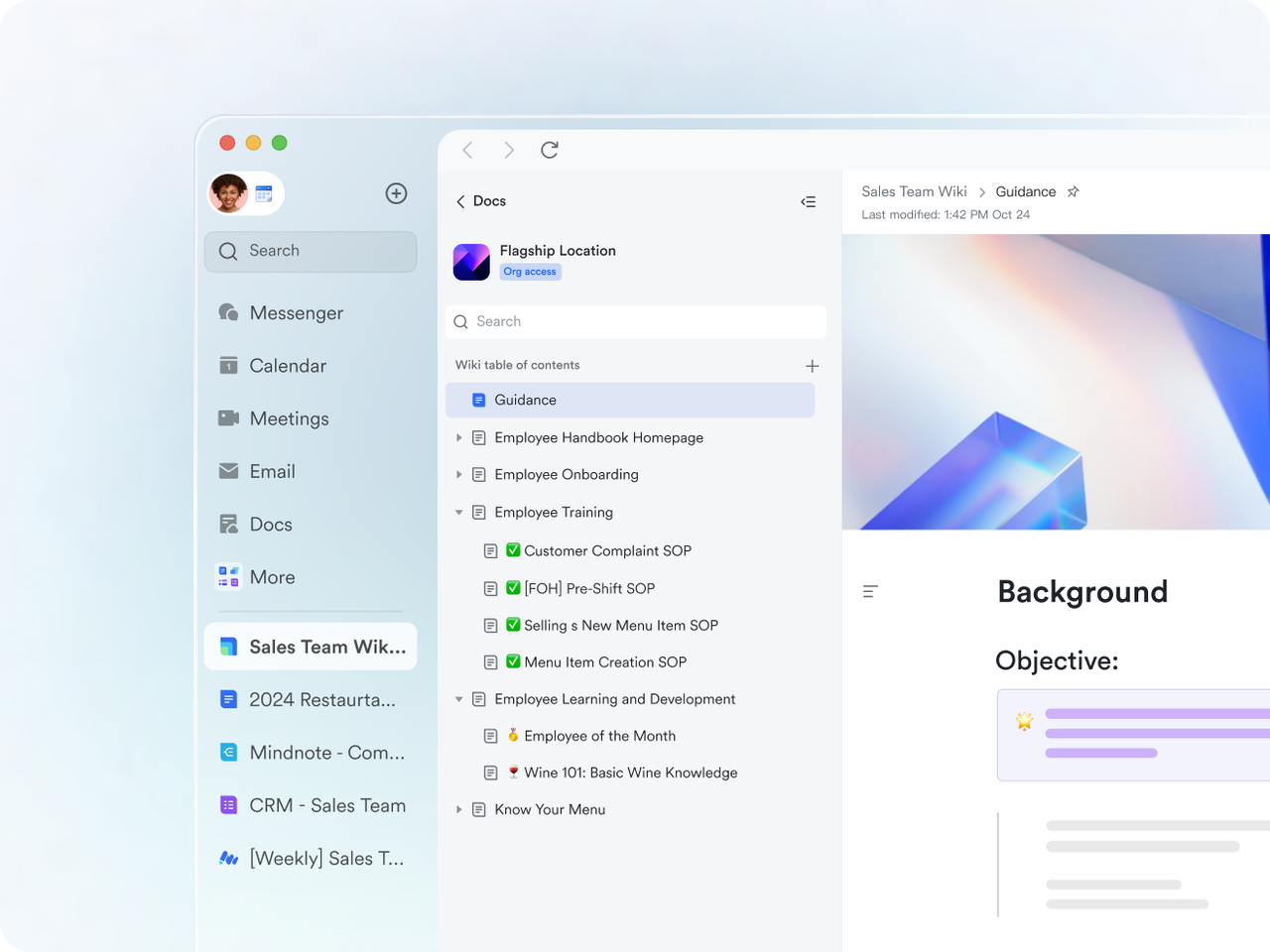
Project execution often requires a degree of license, as action plans become altered when updates become known. Lark Docs enhances that license because it provides a living space for teams to draft action plans, refine processes, and log iterative requirements. Instead of relying on static files that become stale in the moment, Docs is the shared canvas where planning is fluid. With multiple contributors simultaneously editing content, there is less chance that new insight is missed. Version history makes all changes transparent, and comments anchored to sections allow feedback to be placed contextually without misinterpretation. Actionable items can be made into tasks within the document, creating a seamless link between action planning and execution. Docs helps to ensure that the evolving strategies remain integrated into the plan, and do not sit as dead paper.
Lark Meetings: Turning alignment into action
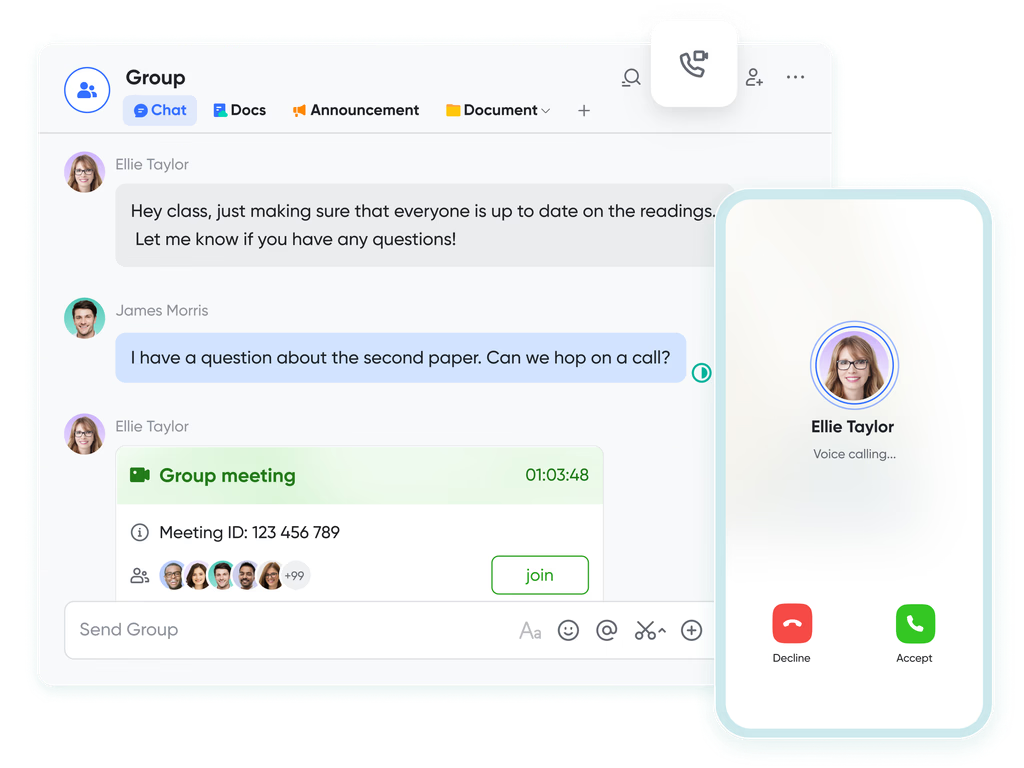
Planning and implementation occur when your team meets, but if you don't capture action items, you risk failing when meetings get derailed. Lark Meetings helps prevent this by creating accountability for every meeting. You can engage teams in conversations using video calls, share screens and documents for reviews, and take notes collaboratively.
Meeting notes and recording maintain context for all team members so even if someone was absent, they can still be up to date. Action items in notes can be linked to tasks or records, so you don't have to wait to implement. By creating a bridge from alignment to action, Meetings ensures that you see progress from planning.
Lark Mail: Connecting external communication to project flow

Projects don't happen alone—they often rely on info from customers, partners, or others. Lark Mail makes sure this info flows right into your work, instead of getting lost. By keeping outside emails in the same place as your tasks, teams don't have to switch between different apps.
Shared inboxes let many people handle client or partner emails easily, so things keep running smoothly even when people's jobs change. Smart filters show you the important stuff, and emails can be tied to project info or turned into tasks with people in charge and due dates. Instead of treating email as a separate thing, Lark Mail puts it into your project process, so outside requests and feedback are handled as carefully as internal work. This makes communication with outsiders easier and helps you deliver better results faster.
Conclusion
Reducing the lag from planning to execution means addressing the disconnects in progress. Base for structured design of the project; Tasks for accountability; Messenger for linking communication to outcomes; Docs for evolving documentation of plans; Meetings to execute alignment; and OKR to tie execution and workplace strategy—all of these elements combined form Lark's connected ecosystem to deliver action.
By adding communication, accountability, and outcomes in every workflow, companies can not only work faster, but with more clarity and purpose. In a world where speed of execution determines win or lose, collectively leveraging connected tools provides the advantages to act on plans and generate results.





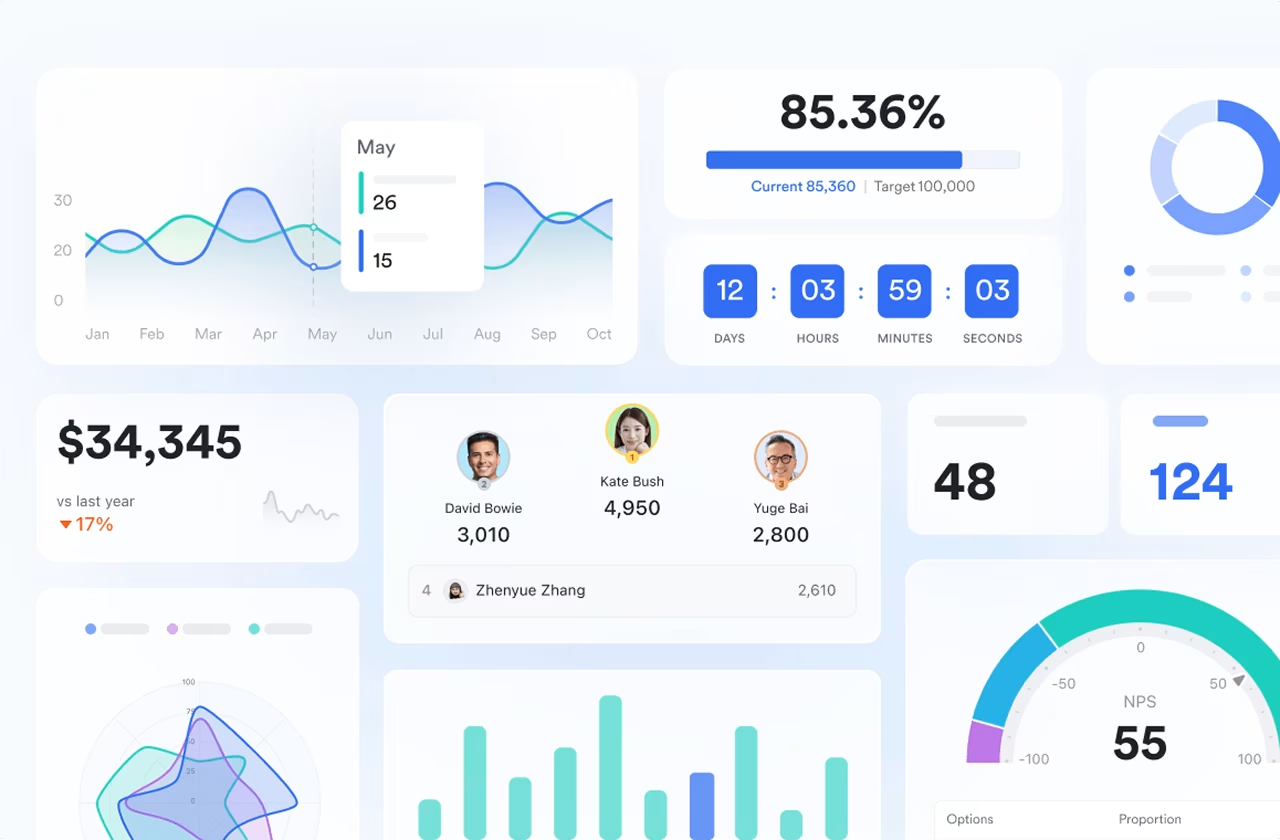


%20-%20Thumbnail.avif)

